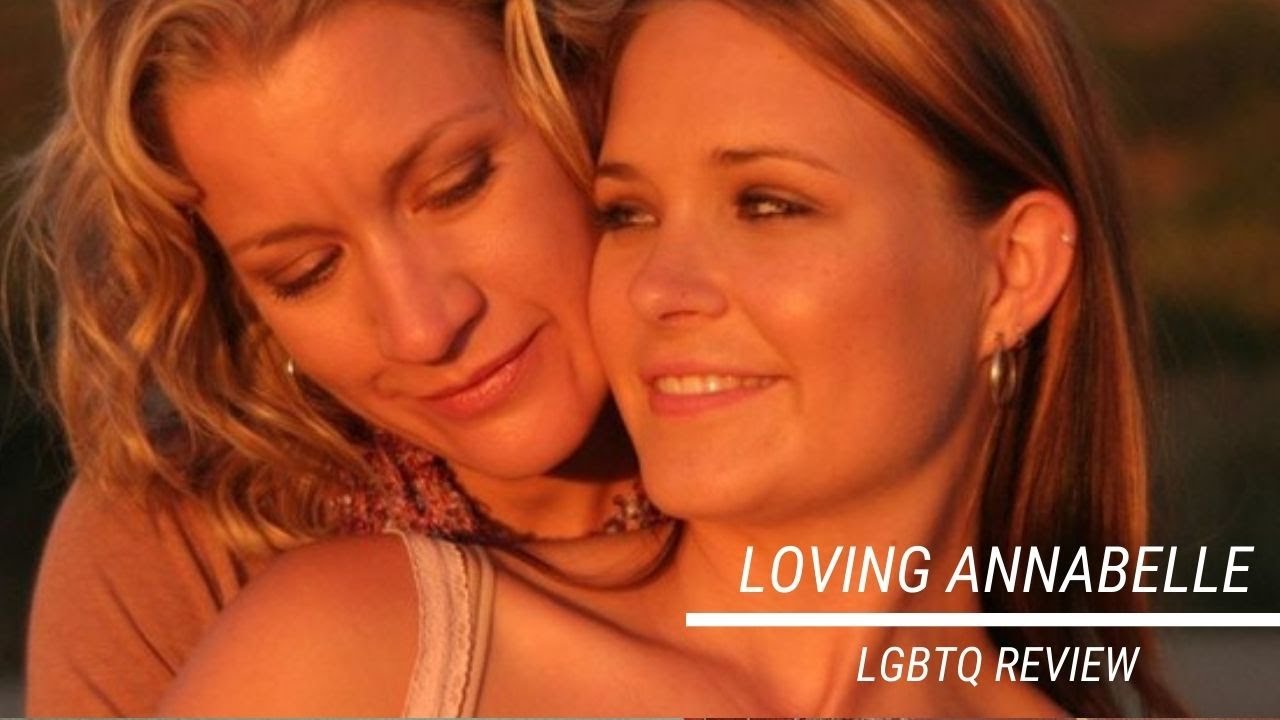Loving Annabelle is a tender and provocative romantic drama directed by Katherine Brooks, exploring themes of forbidden love, identity, and societal expectations. Set within the restrictive walls of a Catholic boarding school, the film delves into the emotional complexity of a relationship that defies rules and traditions.
The story centers around Annabelle Tillman (Erin Kelly), a rebellious and free-spirited teenager who has been expelled from several schools for her non-conformist behavior. Hoping to instill discipline and structure in her life, her mother sends her to a conservative Catholic girls’ school, where Annabelle’s free-thinking attitude immediately clashes with the rigid environment. At the heart of this institution is Simone Bradley (Diane Gaidry), an English teacher who has built her life around order, control, and adherence to the school’s moral code.
Despite their differences, Annabelle and Simone share a subtle, growing bond that evolves into an intense emotional and romantic connection. Annabelle’s openness and confidence awaken feelings in Simone that she has long suppressed. As Simone grapples with her responsibilities and her true desires, the film delicately captures the tension between personal freedom and the expectations imposed by society and professional boundaries.
Brooks handles the subject matter with sensitivity and nuance, focusing less on sensationalism and more on the emotional turmoil faced by the characters. The film does not present the relationship as black and white; instead, it embraces the grey areas, making the audience empathize with both Annabelle’s longing for authenticity and Simone’s fear of the consequences.
Erin Kelly gives a standout performance as Annabelle, portraying her with a mix of boldness and vulnerability. Diane Gaidry’s portrayal of Simone is equally powerful, capturing the internal conflict between duty and desire with quiet intensity. Their chemistry feels genuine, making their relationship believable and deeply moving.
The film’s cinematography enhances the intimate atmosphere, using soft lighting and close-up shots to reflect the emotional states of the characters. The subdued color palette mirrors the repression and restraint within the school’s walls, creating a stark contrast with the passionate emotions brewing beneath the surface.
Loving Annabelle also challenges viewers to consider the nature of love and the consequences of living authentically in a world that may not accept it. It raises important questions about authority, morality, and the right to pursue happiness, even when it means breaking societal norms.
Upon its release, the film was met with both praise and controversy due to its sensitive subject matter. However, it has since gained a loyal following, particularly within LGBTQ+ circles, for its honest portrayal of same-sex love and its willingness to address taboo topics with empathy and grace.
In conclusion, Loving Annabelle is a poignant and thought-provoking film that offers a compassionate look at love in the face of judgment and repression. With heartfelt performances, a nuanced script, and a deeply emotional core, it remains a significant work in queer cinema, resonating with anyone who has ever struggled to reconcile personal truth with societal expectations.



